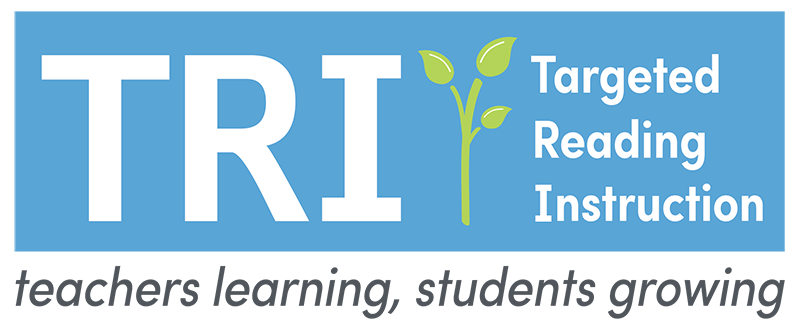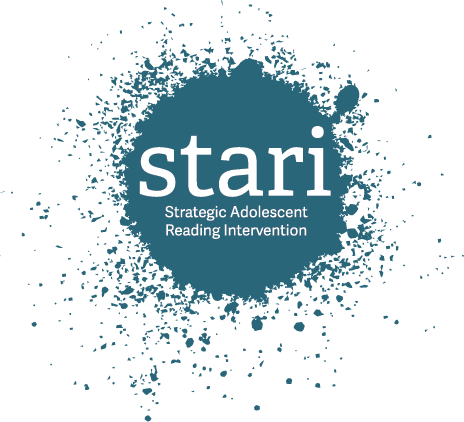March 15, 2024 | By Morgan Solender

In early February, the LEARN network partnered with the Campaign for Grade-Level Reading (CGLR) to host a conversation with leaders from the three –literacy-focused LEARN Network product teams – Targeted Reading Instruction-Flamingo Reading App, Peer Assisted Learning Strategies, and Strategic Adolescent Reading Intervention, and educators who are using these supplemental reading programs. The product team leaders discussed the evidence-based literacy practices that these programs support, and educators reflected on their use of the programs. The conversation uncovered five pieces of actionable advice for designing, selecting, and implementing supplemental reading programs.
 |
Targeted Reading Instruction-Flamingo Reading App (TRI-FRA) is a series of high-quality reading lessons that classroom teachers, reading interventionists, and tutors can use with K-3 students. |
 |
Peer Assisted Learning Strategies (PALS) is a program that pairs students with different academic levels and skills to help them build literacy skills. |
 |
Strategic Adolescent Reading Intervention (STARI) is a literature-focused intervention for students in grades 6 to 9 who read two or more years below grade level. |
Key Takeaways
1. Focus on simple implementation.
Teachers have a lot on their plate, and using a supplemental reading program shouldn’t add to their workload. From preparing for the lesson to delivering instruction, clear and straightforward implementation leads to teacher and student success.
Erin McCain Heim of Southside Elementary School in Versailles, Kentucky emphasized that these programs should be user-friendly:
Kate Leo, MA, EdS, a teacher at Dowling Catholic High School in West Des Moines, Iowa, felt that one major benefit of STARI was its ease of use:
2. Provide engaging content in an engaging way.
If students aren’t interested in what they are reading, they won’t be engaged in learning to read. When delivering supplemental reading instruction, keeping students engaged through exciting subject matter and an appropriate pace is the key to building their literacy skills.
Heim noted that one benefit of TRI is quick transitions between tasks:
3. Support teachers.
Teachers, just like students, need support to learn. To ensure product fidelity, teachers need to be well prepared to deliver the programs and continually supported throughout implementation. Both Heim and Leo highlighted how professional development, on top of a good product, was crucial for their students’ success.
4. Include support for Individualizing learning.
There is no one-size-fits-all approach to student learning, especially for literacy. Successful supplemental reading programs offer teachers the option to tailor the program to individual student needs so that every child gets the appropriate level of instruction.
Heim noted the need to customize learning experiences:
5. Strive for positive student impact.
The ultimate measure of a successful supplemental reading program is its impact on student learning. When teachers see student growth, they are more likely to continue to use a program.
Leo explained:
Listen to the entire panel here for even more insights and advice!
Tags: Education technology Evidence-based Innovation Literacy Research & Developers
